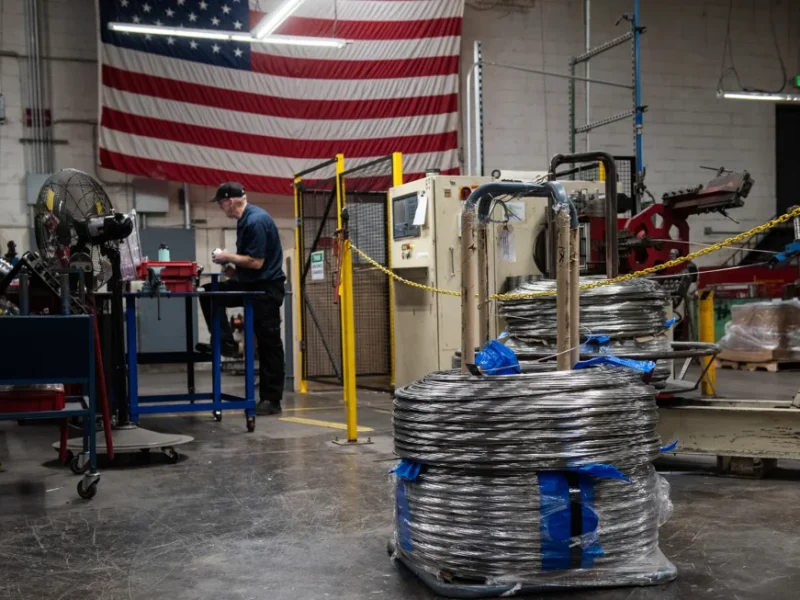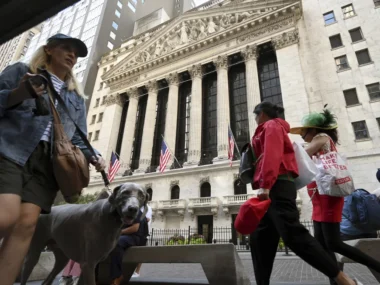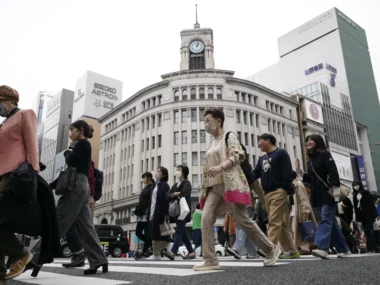American manufacturers have faced challenges over the past couple of years due to persistent supply chain disruptions and elevated interest rates. However, in March, the industry experienced its first expansion in 16 months, according to the Institute for Supply Management (ISM).
While the resurgence of the manufacturing sector is a positive sign for the economy, it could complicate the Federal Reserve’s efforts to combat inflation. Some economists suggest that this expansion might delay or reduce the number of interest rate cuts this year, as interest rates have remained at a two-decade high since July.
The latest purchasing managers index from ISM for the US manufacturing sector showed a higher-than-expected reading in March, indicating expansion for the first time since September 2022. President Joe Biden’s signing of major spending bills, such as the bipartisan infrastructure package and the CHIPS and Science Act, has allowed manufacturers to invest in new facilities and increase production.
Despite the manufacturing sector’s improvement, several Fed officials have emphasized the need for patience in assessing the economy’s trajectory. They believe that the current strength of the economy warrants a cautious approach to rate adjustments, especially given concerns about inflation.
However, recent economic indicators, including strong consumer spending and job growth, have unsettled the stock market. Some Fed officials have indicated that if inflation remains stable, there may be less urgency to implement rate cuts.
The positive outlook from manufacturers indicates expectations of increased business activity in the coming quarters, with some anticipating improved orders and production. Collaboration with suppliers to reduce costs further underscores optimism about future growth prospects.
Amazon’s cashier-less technology was intended to transform the grocery shopping experience, but it has failed to live up to expectations.
When Amazon initially introduced its cashier-less technology, it was heralded as the future of retail. However, recent reports indicate that Amazon is scaling back its “Just Walk Out” technology at its grocery stores, tempering expectations of fully automated, frictionless checkout experiences.
Amazon has announced the removal of the cashier-less technology from its US Amazon Fresh grocery stores. This technology allowed customers to pay for their groceries without queuing for a cashier or using self-checkout machines. Instead, Amazon is introducing Dash Cart at over 40 locations, which is a “smart shopping cart” enabling shoppers to scan groceries, connect to online shopping lists, and complete their purchases. Dash Carts have been previously tested at select Fresh and Whole Foods locations.
The adoption of cashier-less technology by customers, especially in grocery stores where they typically purchase larger quantities and encounter additional tasks like weighing produce, has been less than anticipated. Amazon suggests that checkout technology may be more effective in smaller stores.
Amazon clarifies that it will continue utilizing the Just Walk Out technology in Amazon Go stores, at smaller Fresh stores in the UK, and in third-party locations such as specific sports stadiums and college campuses. In some reports, it was mentioned that Amazon employed approximately 1,000 humans in India to ensure accurate checkouts.











